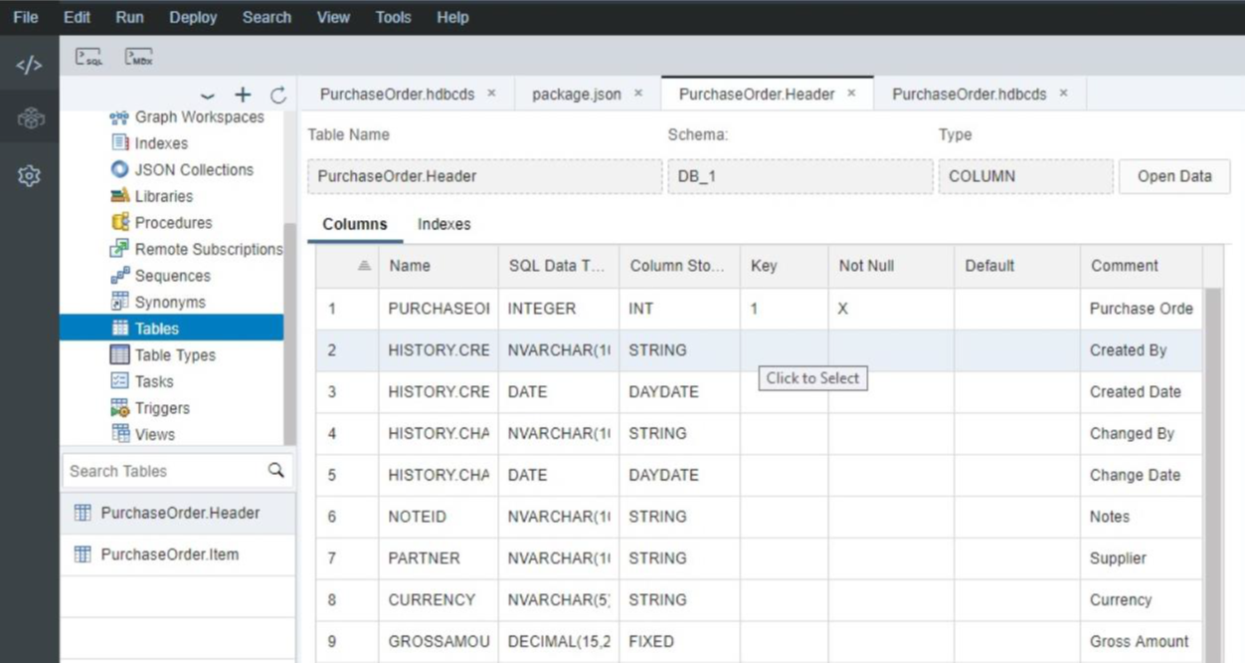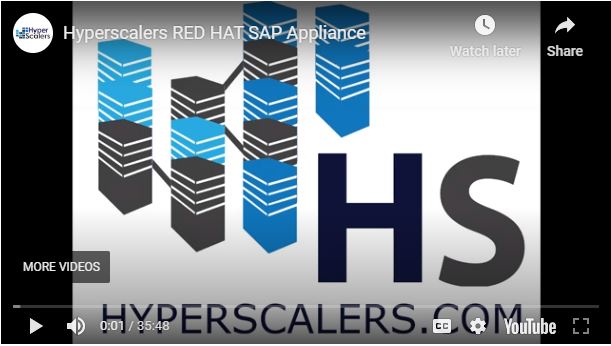Red Hat SAP Appliance by Hyperscalers

The objective of this proof of concept is to qualify RedHat Virtualization (RHV) with Red Hat Enterprise Linux (RHEL) and SAP HANA Express cloud solutions on Hyperscalers hyper-converged hardware to create a holistic appliance and evaluate its performance.
Intended audience:
- Manages service providers
- Internal IT departments;
- Cloud service providers; and
- All interested in SAP with RHV
About Red Hat RHV and EHEL
Red Hat Virtualization is an enterprise-grade virtualization platform built on Red Hat Enterprise Linux (RHEL). Virtualization allows users to easily provision new virtual servers, workstations and provides more efficient use of physical server resources. With Red Hat Virtualization, you can manage your entire virtual infrastructure - including hosts, virtual machines, networks, storage and users - from a centralized graphical user interface or RESTful API.
 |  |
About SAP HANNA
SAP HANA is a complete database and application development platform. It combines an ACID-compliant database with high speed analytics, application services and flexible data-acquisition tools. The SAP HANA 2.0 express edition VM image is platform-independent; which can be installed to a Linux machine, provided it meets the storage and memory prerequisites. The SAP-HANA express installation is done in form of a VM for on-premise installation experience.
 |  |
Register to download the complete paper
Test Environment
The test environment consists of following hardware and software components
Hardware Server Nodes QuantaPlex T42S-2U (2 nodes)
| Switches Bare Metal Switches
| Software
|
/T41S-2U front.png) |  |  |
Results
The screenshot above shows CENTOS VM giving disk RW performance of 678MB/s and network throughput of 480Mb/s. The storager performance numbers are pretty good considering its executing on virtualized storage pool over FCP. The network path is executing within same subnet; hence the through put is god considering uplink speed to router is around 70Mb/s only. The leaf uses 25G uplink and VM traffic is working over layer2; since they are routing within same subnet and vlan. The same SAS SSD in a plain RHEL installation gives around 300MB/s RW performance; while in the appliance it’s performing better due to virtualized environment.

Register to download the complete paper
Table of Contents
1. Executive Summary ................................................................................................................... 3
2. Introduction .............................................................................................................................. 3
3. Test Environment ...................................................................................................................... 3
4. Appliance architecture ............................................................................................................... 4
5. Appliance network infrastructure .............................................................................................. 5
6. RedHat virtualization ................................................................................................................. 6
6.1.1 Manager web IDE ....................................................................................................... 6
6.1.2 Storage domain .......................................................................................................... 7
6.1.3 Benchmarking the VMs............................................................................................... 7
7. SAP-HANA express ..................................................................................................................... 8
7.1.1 Installing SAP-HANA express ....................................................................................... 8
7.1.2 Launching SAP-HANA web IDE and cockpit ................................................................. 9
7.1.3 Launching SAP HANA eclipse and database experiments ............................................ 9
7.1.4 Launching SAP HANA HDI module ............................................................................. 10
8. Appliance accessibility ............................................................................................................. 11
9. Conclusion ............................................................................................................................... 11


 AUS site
AUS site